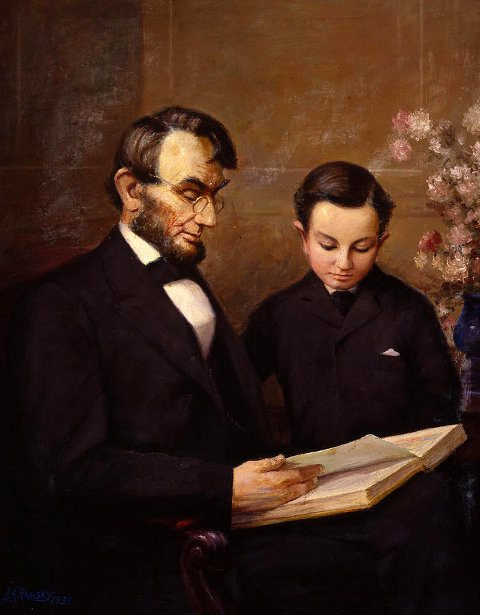| Teacher question: Would you add some thoughts about visual literacy, that is, questioning the artist/illustrator in the same way we are questioning the author/text…prior to analyzing the text. Thank you. Shanahan response: I’ve been carrying this question around for a while, trying to think up a good answer. On the one hand, I’ve never been a big fan of “visual literacy.” It’s not that I’m insensitive to the idea that pictures have value (I subscribed to Playboy for many years), but I’ve never been willing to put pictures on the same plane as the printed word. I guess I’ve been afraid that teachers in the early grades would eschew the teaching of letters and sounds—the tools needed to decode print, in favor of pictures and rhymes and predictable forms (oh wait, that does happen). But, as I said, pictures are important. They carry a lot of meaning. Think of the American flag raising at Iwo Jima, Lee Harvey Oswald’s last moment, the napalmed girl in Vietnam with her clothes burned away, the sailor kissing the nurse at the end of WWII, the first clear x-ray pictures of DNA—or the unforgettable illustrations of Tenniel, Sendak, Carle, or Potter. No, I accept that pictures definitely are worth attention. And, I also concede that they require analysis. Graphics of various types raise issues of perspective, balance, texture, color, foregrounding, etc. Interpreting a graphic can be both intellectually challenging and, when well analyzed, intellectually rewarding, too. So, while I accept the importance and value of illustrations, I fear what might happen if too much school time were devoted to interpreting them. (Ultimately, I’d rather read—and I’d rather that students read—E.B. White than examine the drawings of Garth Williams). But what about disciplinary literacy, Mr. Smarty Pants College Professor? You say that print is most important, and, yet, in many disciplines the pictures are equal to the words. Right? Actually, that is correct. In science the pictures and other graphic forms are considered every bit as important as the prose English. This is because language is insufficient to explain scientific phenomena, so the use of multiple representations increases the possibility of accuracy and wide understanding. Graphics matter a lot in social studies, too. Think of maps, but also the fascinating analyses of the meanings of contemporaneous photographs and political cartoons. In literature, graphic elements haven’t as clear a role, and yet pictures are extremely important in children’s literature, and the “graphic novel” illustrations carry a lot of meaning for all readers. Recently, I was teaching science to a group of high school seniors and I had them comparing the illustrations and text statements from their anatomy textbook. It was a fascinating exercise. For me and the kids. About half indicated that they normally just read the text and possibly glanced cursorily at the illustrations at the end. They were surprised by how much they were missing out on. Three of the students said the words tended to confuse them, so they only looked at the pictures despite the reading assignments. Having to compare words and pictures made a big difference to them, too. We all learned that day how critical it was to closely compare the illustrations and the text, and how rare such teaching is. The Common Core State Standards require such teaching, but it gets little attention. Let's face it, I'm not the only reading guy with a bias against the pictures, and our kids have suffered from it. We definitely need to teach kids to read both words and pictures--in close connection with each other. |
Teaching Visual Literacy Makes a Big Difference
What Are your thoughts?
Leave me a comment and I would like to have a discussion with you!

3/23/2105
Visual literacy supports comprehension for students who struggle with their reading. Most importantly, visual literacy helps English Language Learners to access the CC Standards and provides them with another way to understand and what they are trying to read and even participate in the classroom conversations with their English-speaking peers.

3/23/2015
Phew! Reading the first half I was afraid you were going to totally ignore several Common Core standards on Informational Text, such as RI.1.7 Use the illustrations and details in a text to describe its key ideas. Glad you came in strong at the end. :-)

3/24/2015
Glad you hung in there.

3/25/2015
Tim,
I have been following your blog for a while, however after reading your latest post, I felt the need to comment. I am absolutely appalled that you would choose to use your subscription to “Playboy” as an example of visual literacy. You could have made your point about visual literacy without the crass admittance that you have indulged in the degradation of women by subscribing to that publication. I’m hoping that this was not intentional on your part, however I would be remiss if I failed to let you know that I found this post to be unprofessional and offensive.
Copyright © 2025 Shanahan on Literacy. All rights reserved. Web Development by Dog and Rooster, Inc.






Comments
See what others have to say about this topic.